Discover the most important moments that defined the history of the Justice League, showcasing the team’s unity, struggles, triumphs, and evolution.
The Justice League stands tall as one of the most iconic and formidable superhero teams in the vast world of comics. A gathering of DC’s greatest heroes, the League’s journey spans decades, brimming with highs and lows that have shaped their identity. In this article, we explore how the Justice League’s history is filled with a myriad of defining moments that have shaped its legacy and resonated with fans for generations.
15. Inception of the Justice League
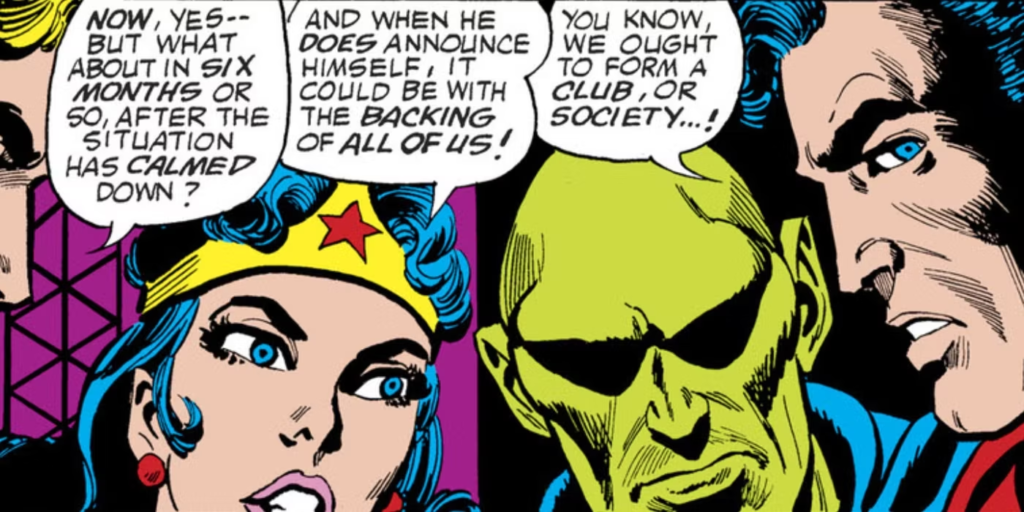
The birth of the Justice League marked a momentous occasion in the DC Universe. In “The Brave and The Bold #28,” published in 1960, writer Gardner Fox and artist Mike Sekowsky brought together Earth’s greatest heroes: Superman, Batman, Wonder Woman, The Flash, Green Lantern, Aquaman, and Martian Manhunter. This epic gathering united these powerful heroes under one banner, forming the Justice League of America (JLA). Their mission was to protect the world from threats too colossal for any single hero to handle.
However, in “Justice League #144,” published in 1977, writer Steve Englehart and artist Dick Dillin revealed that the team had actually formed in secret years before to stop a band of White Martians. Regardless of their origin, the creation of the Justice League marked the beginning of a new era for the DC Universe, setting the stage for countless adventures to come.
14. Epic Showdown Against Starro the Conqueror
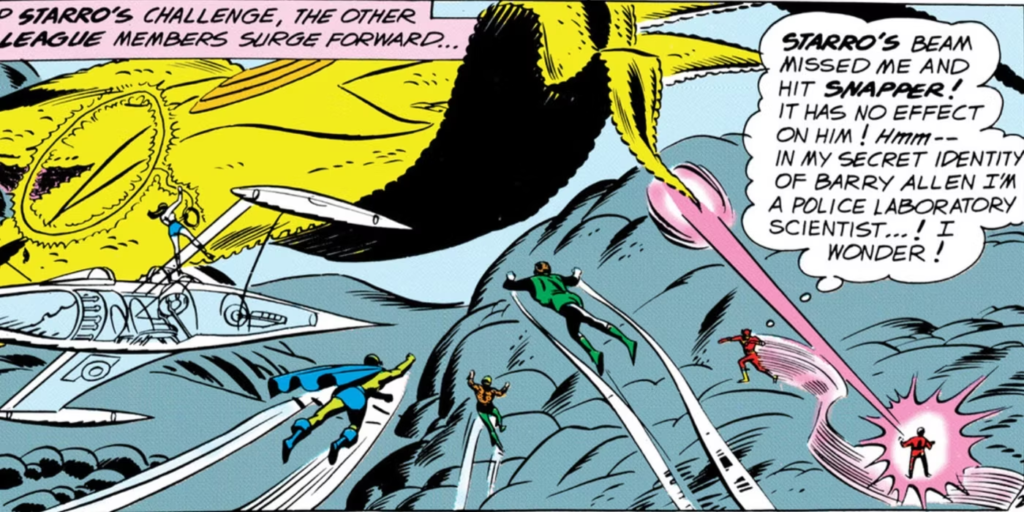
The Justice League’s first major challenge came in “The Brave and The Bold #28” when they faced off against Starro the Conqueror. This alien starfish-like creature had the ability to control minds, posing a significant threat to humanity. Working together as a cohesive unit, the League defeated Starro, showcasing the true power of their combined might. This initial triumph against a formidable adversary set the tone for the team’s future battles and firmly established them as Earth’s premier superhero team.
13. Justice League Meets the Justice Society
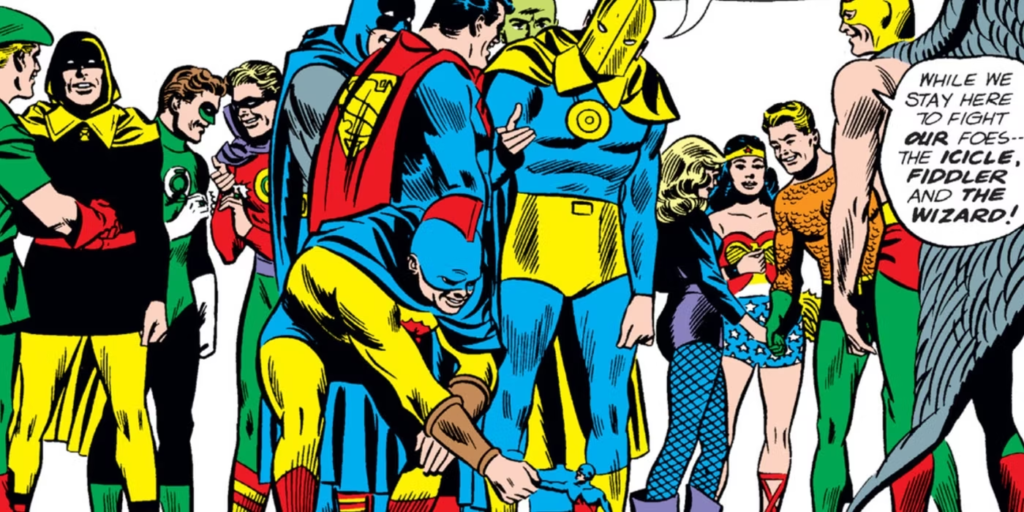
The Justice League’s encounter with the Justice Society, the legendary Golden Age heroes, in “Justice League of America #21” was a historic crossover event. Written by Gardner Fox and illustrated by Mike Sekowsky, this meeting revealed the vastness of the DC multiverse, establishing the concept of parallel Earths and multiple realities. The Justice League and the Justice Society teamed up to face the cosmic threat of the Lord of Time, marking the first of many interdimensional collaborations between these iconic superhero teams.
12. Justice League vs. the Crime Syndicate
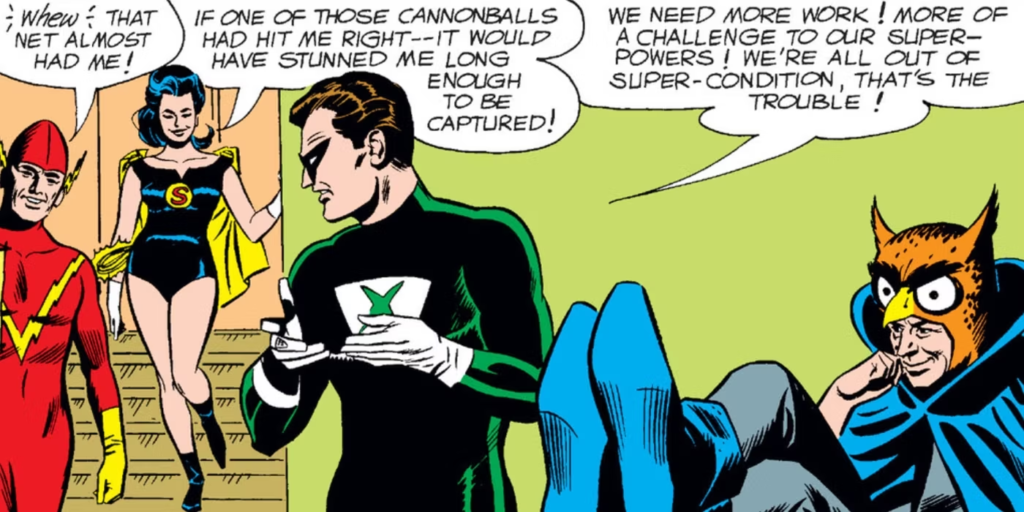
Shortly after their encounter with the Justice Society, the Justice League faced another momentous event when they met the Crime Syndicate of America in “Justice League #29.” This group of villains hailed from an antimatter universe and served as dark counterparts to the Justice League’s heroic members. The confrontation with the Crime Syndicate showcased not only the existence of allies but also powerful adversaries across the multiverse, adding complexity to the League’s world.
11. Secrets Exposed within the League
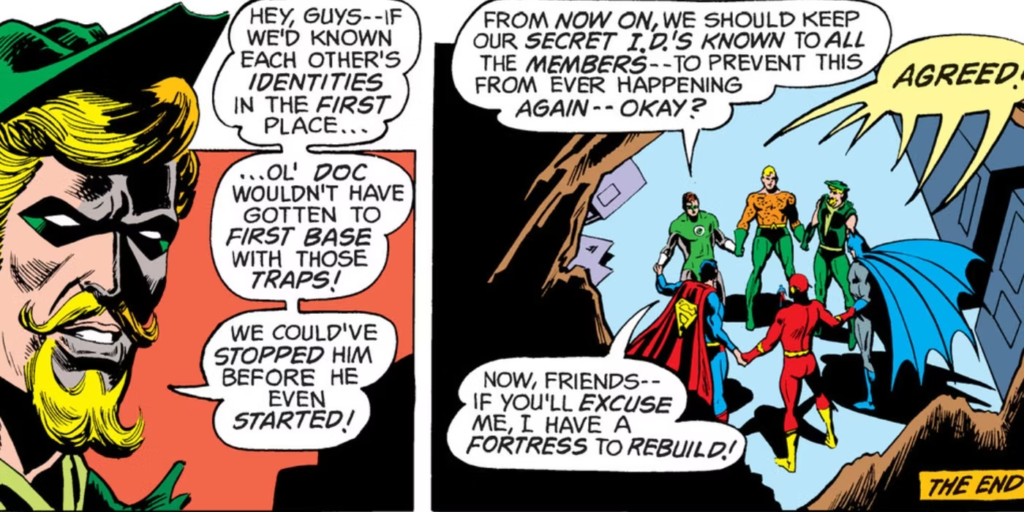
In a defining moment of vulnerability, the Justice League’s secret identities were inadvertently revealed in “Justice League #122.” The villainous Doctor Light used a device to scramble their minds, making the heroes believe they were each other, thereby uncovering their secret identities. This revelation brought the team closer together as they navigated the aftermath of having their most guarded secrets exposed. Through this shared experience, the League’s bond deepened, reinforcing the trust they had in one another.
10. Crisis on Infinite Earths
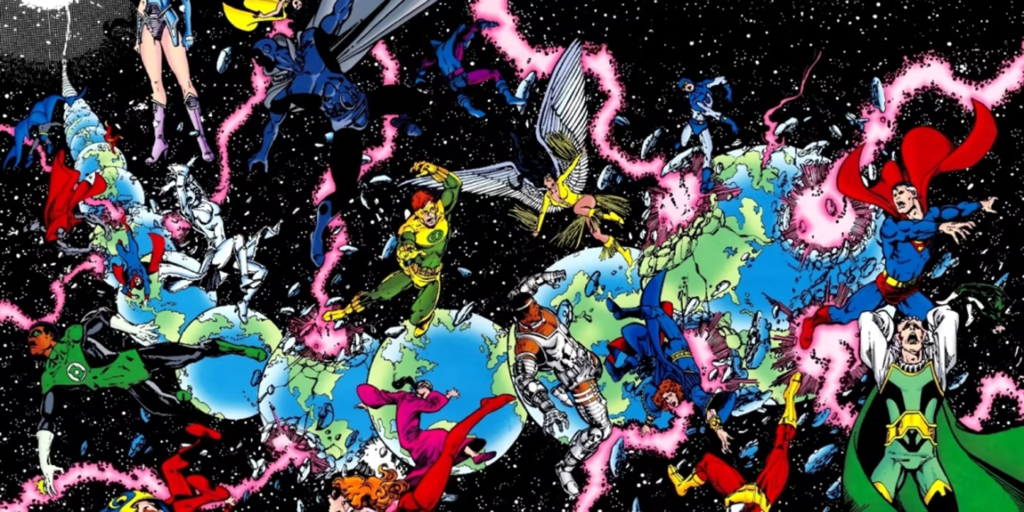
Published as a limited series in 1985-1986, “Crisis on Infinite Earths” was a monumental crossover event written by Marv Wolfman and illustrated by George Pérez. Celebrating DC Comics’ 50th anniversary, the storyline involved an all-encompassing crisis that threatened the entire multiverse. The Justice League played a pivotal role in the conflict, facing off against the malevolent Anti-Monitor, whose goal was to consume the positive matter universes and reshape reality in his image.
The crisis led to the deaths of iconic heroes like Supergirl and the Flash, resulting in significant losses for the Justice League and the entire DC Universe. The aftermath of “Crisis on Infinite Earths” brought about a new era of continuity, streamlining the DC Universe and forever altering the League’s history.
9. The Birth of Justice League International
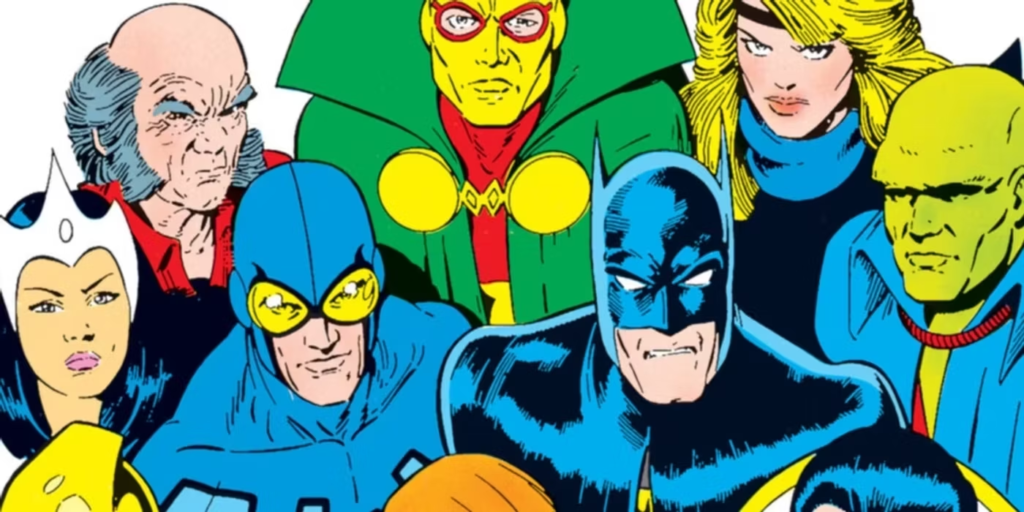
Following the universe-shattering events of “Crisis on Infinite Earths,” the Justice League underwent a significant transformation in “Justice League #1” (1987) with the creation of Justice League International (JLI). Written by Keith Giffen and J. M. DeMatteis, with art by Kevin Maguire, this new iteration of the team featured a more comedic and light-hearted tone.
The JLI’s lineup included both familiar faces and lesser-known heroes, such as Blue Beetle, Booster Gold, Guy Gardner, and Martian Manhunter. The shift in the team’s dynamics and the humorous interactions among the members made the JLI era a fan-favorite, showcasing the League’s adaptability and versatility.
8. Building the Justice League Watchtower
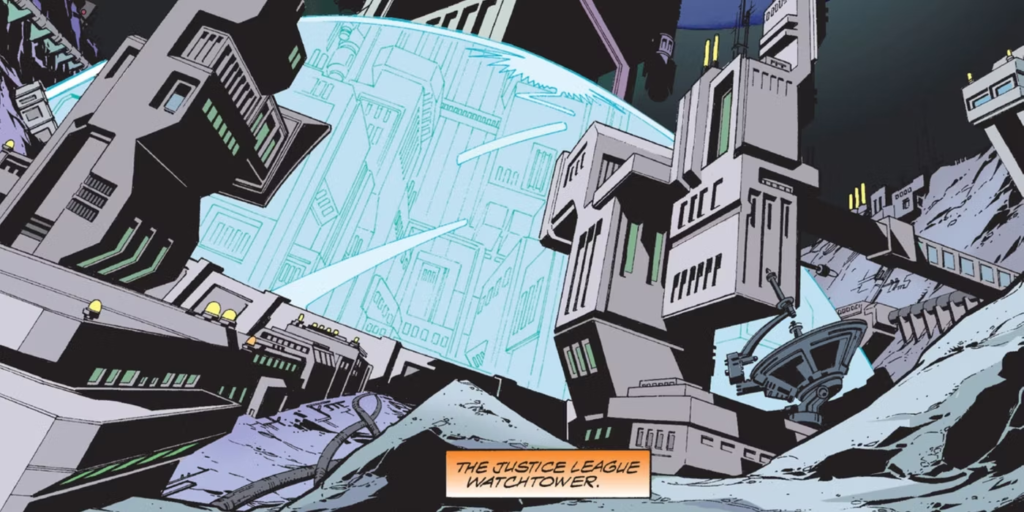
In Grant Morrison and Howard Porter’s run on “JLA,” the team acquired a new headquarters, the Watchtower. Located on the moon, this advanced base served as the League’s global hub and symbolized their commitment to safeguarding Earth from interstellar threats. The Watchtower’s cutting-edge technology and strategic location demonstrated the League’s willingness to embrace new horizons in their mission to protect humanity.
7. Batman’s Betrayal and its Aftermath
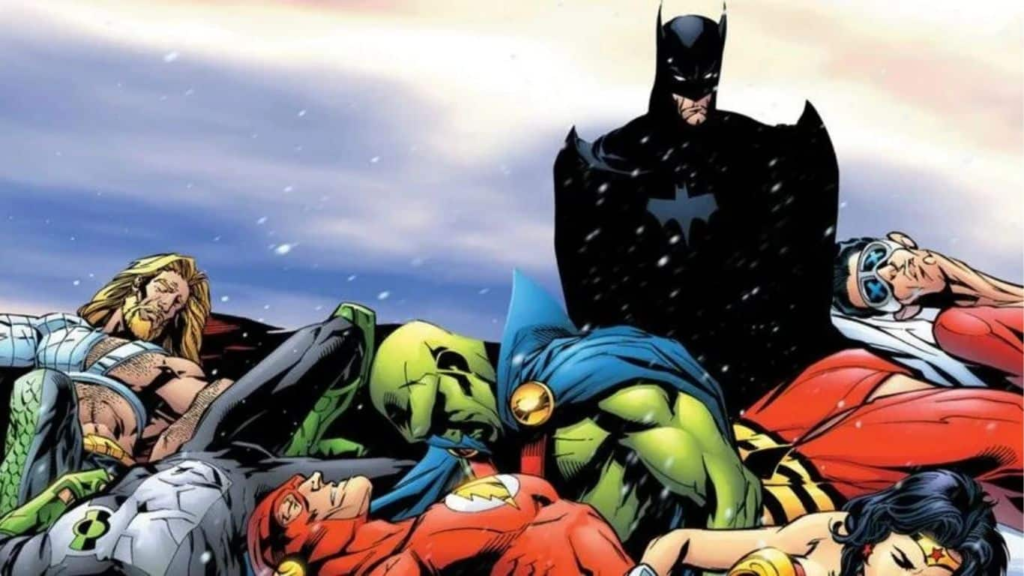
In the storyline “JLA: Tower of Babel,” written by Mark Waid, with art by Howard Porter and Steve Scott, the Justice League faced a severe test of trust when it was revealed that Batman had secretly developed plans to neutralize each of his fellow teammates. These contingency plans were stolen and utilized against the League by Ra’s al Ghul, putting the entire team in jeopardy. The revelation of Batman’s preparedness and willingness to use such measures created a schism within the team, nearly leading to his expulsion from the League.
6. Justice League and Avengers Crossover
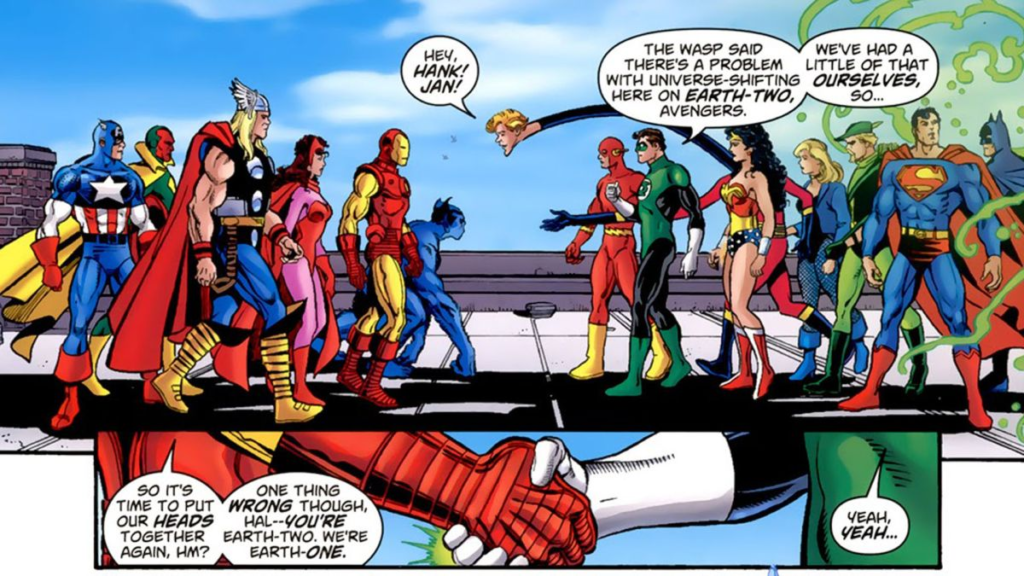
In an epic crossover event titled “JLA/Avengers,” written by Kurt Busiek and illustrated by George Pérez, the Justice League and the Avengers joined forces in an unforgettable adventure. This monumental crossover united the two iconic superhero teams from different comic book universes. The canonical team-up showcased the combined might of these two superhero juggernauts, delighting fans and solidifying the significance of both the Justice League and the Avengers in comic book history.
5. The League’s Identity Crisis

In the storyline “Crisis of Conscience,” spanning across “JLA” #115-119 and “Identity Crisis #5-7,” written by Geoff Johns and illustrated by various artists, the Justice League confronted a moral dilemma. The revelation that the team had mind-wiped villains after the events of “Identity Crisis” caused internal strife and mistrust among the members. The fallout from the revelation deeply affected the League’s unity and raised ethical questions about the consequences of their actions.
4. The Creation of the Hall of Justice
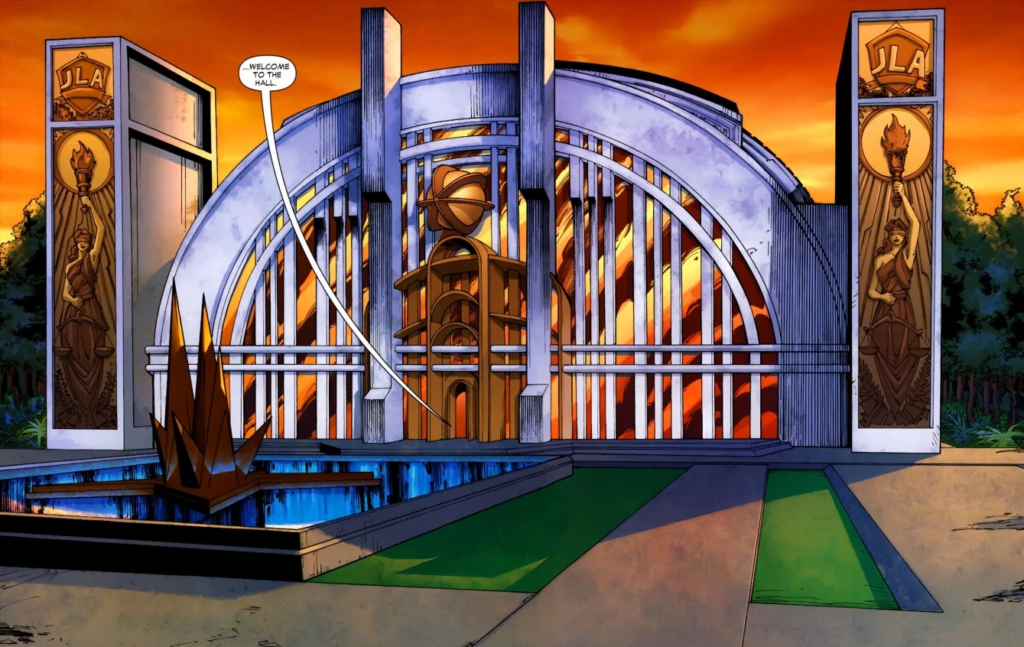
In the aftermath of “Infinite Crisis” and the “One Year Later” event, the Justice League rebuilt their trust and unveiled the Hall of Justice in “Justice League of America #7.” This symbolic structure, located in Washington, D.C., was originally intended as a commemorative monument. However, it eventually became an ancillary base for the League. The Hall of Justice served as a testament to the team’s journey, resilience, and how far they had come since their founding.
3. Lex Luthor’s Unexpected Alliance
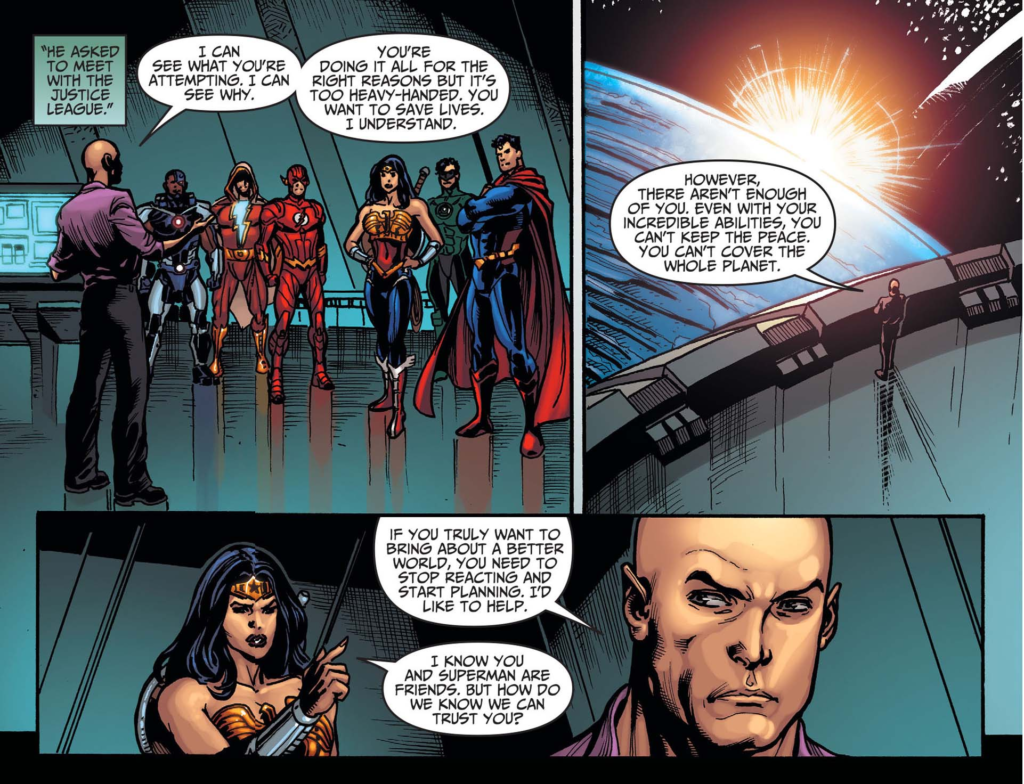
Following the events of “Forever Evil,” written by Geoff Johns and illustrated by David Finch, the Justice League faced an unexpected development when Superman’s greatest nemesis, Lex Luthor, joined the team. Initially met with suspicion and skepticism, Luthor surprised both his teammates and readers by demonstrating heroic qualities and contributing significantly to the League’s efforts. This unexpected alliance showcased the League’s capacity to transcend differences and welcome redemption, regardless of past enmities.
2. The Ascension to Divinity
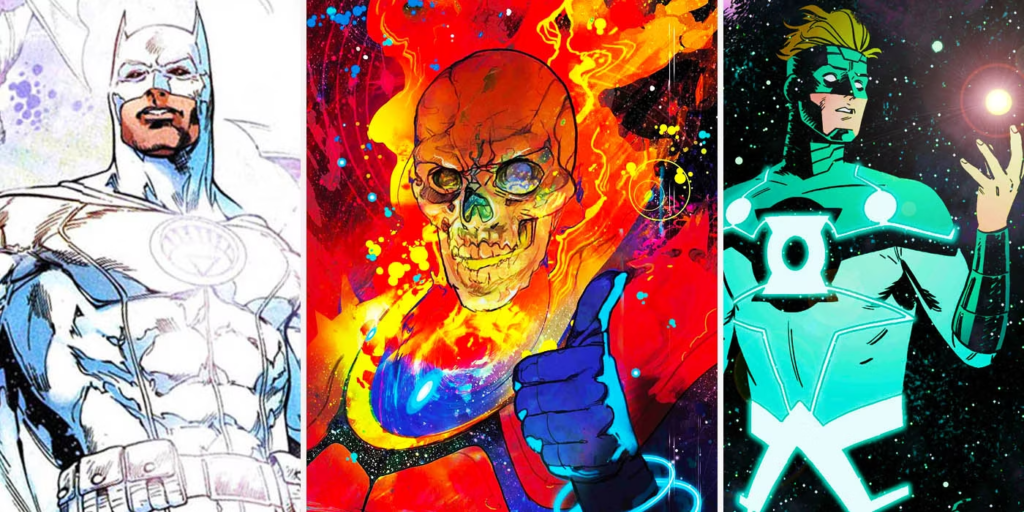
In the storyline “Justice League: The Darkseid War,” written by Geoff Johns and illustrated by Gary Frank and Jason Fabok, the Justice League underwent a transformative evolution after the death of the god-like villain Darkseid. Each member was imbued with divine powers, with the Flash becoming the God of Death, Green Lantern the God of Light, and Batman the God of Knowledge, among others. This shift elevated the League to godlike status, showcasing their potential to reach unprecedented heights and solidifying their status as modern gods within the DC Universe.
1. Entrusting Earth’s Future to the Titans
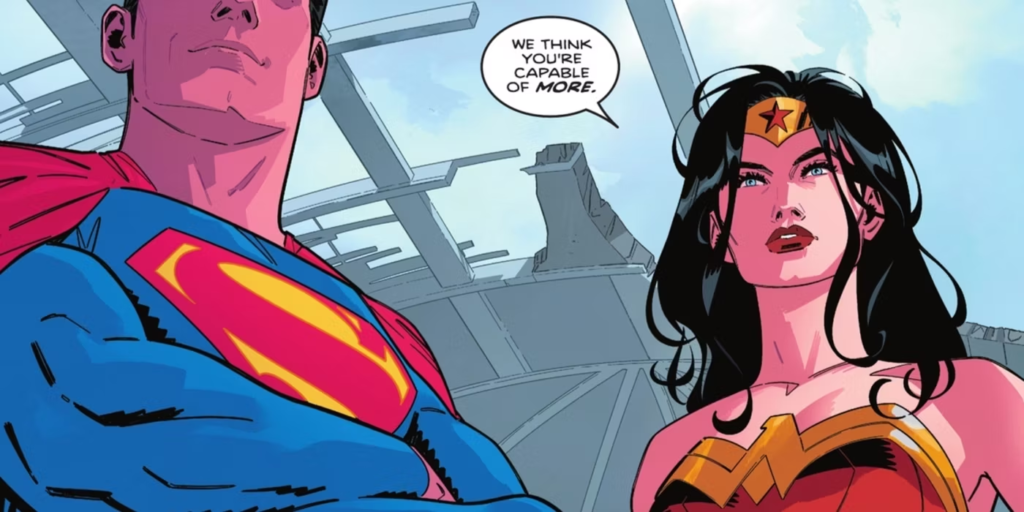
In a poignant moment as seen in “Nightwing #100,” written by Tom Taylor and illustrated by Bruno Redondo, Superman and Wonder Woman made a monumental request of Dick Grayson, also known as Nightwing. With the Justice League disbanded, they asked him to safeguard Earth with the Titans. This symbolic gesture acknowledged the next generation’s potential to carry on the legacy of the Justice League, highlighting the importance of mentorship and continuity in the superhero world.
In conclusion, the Justice League’s history is replete with defining moments that have shaped its legacy and captivated audiences for generations. From their founding to their battles against powerful adversaries and internal struggles, each event has played a pivotal role in molding the Justice League into the iconic superhero team it is today. As the team faces new challenges and embraces the future, the essence of the Justice League’s spirit remains eternal – united, strong, and committed to safeguarding the world from all threats.
